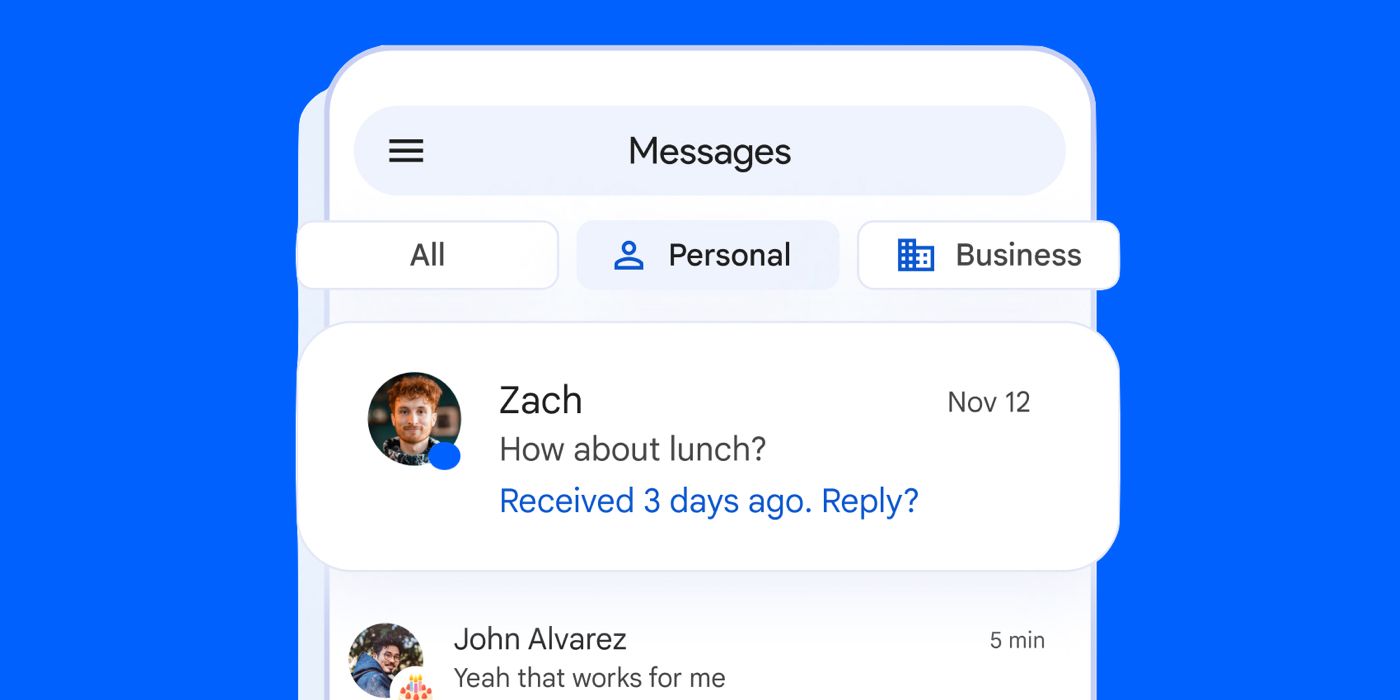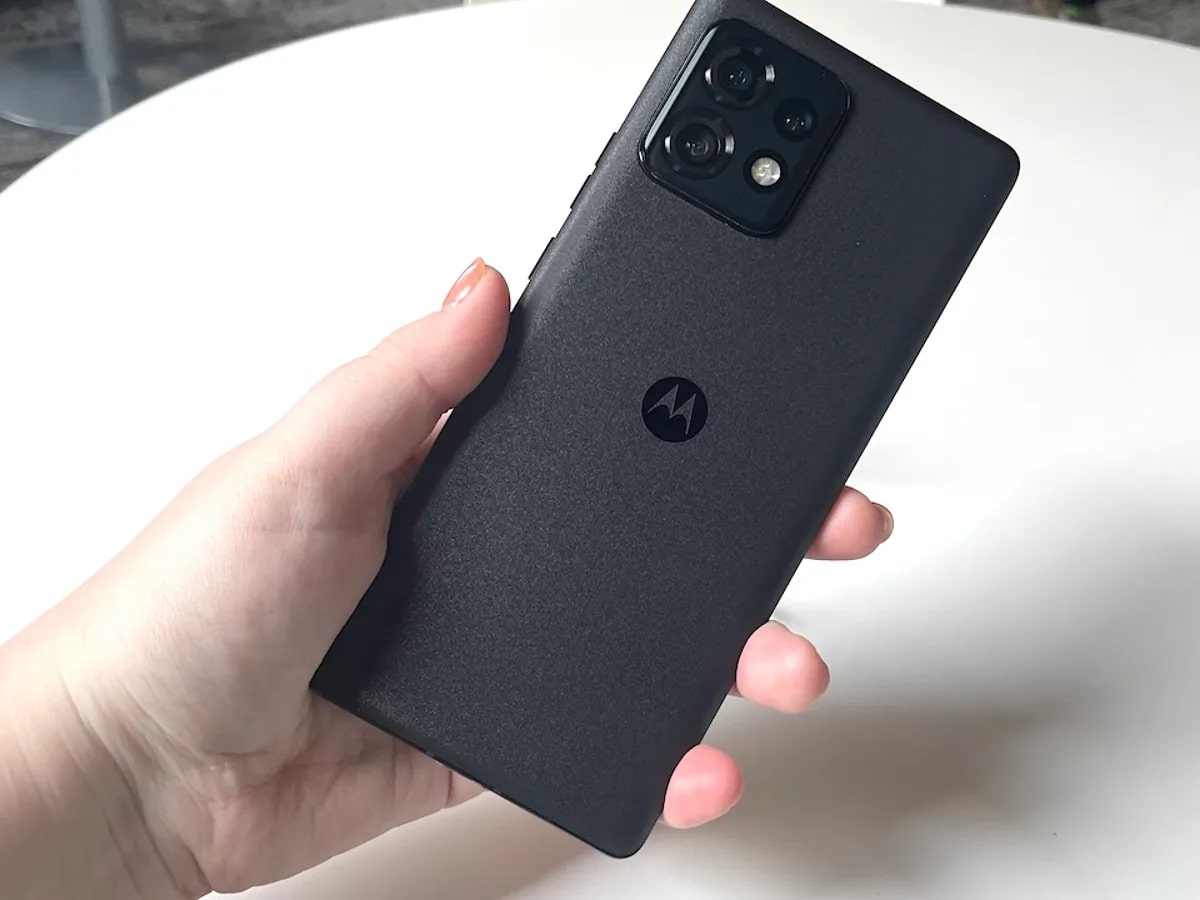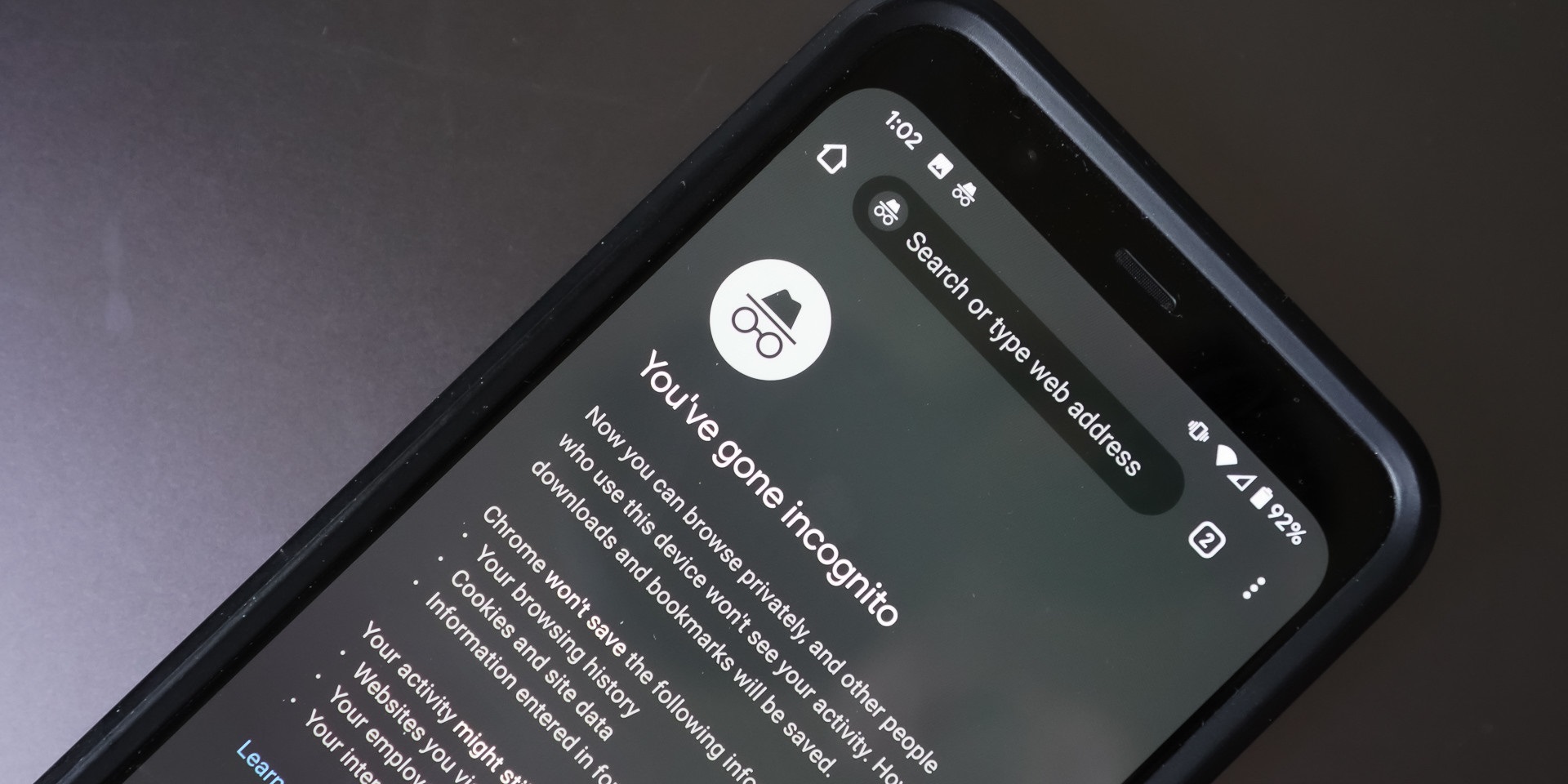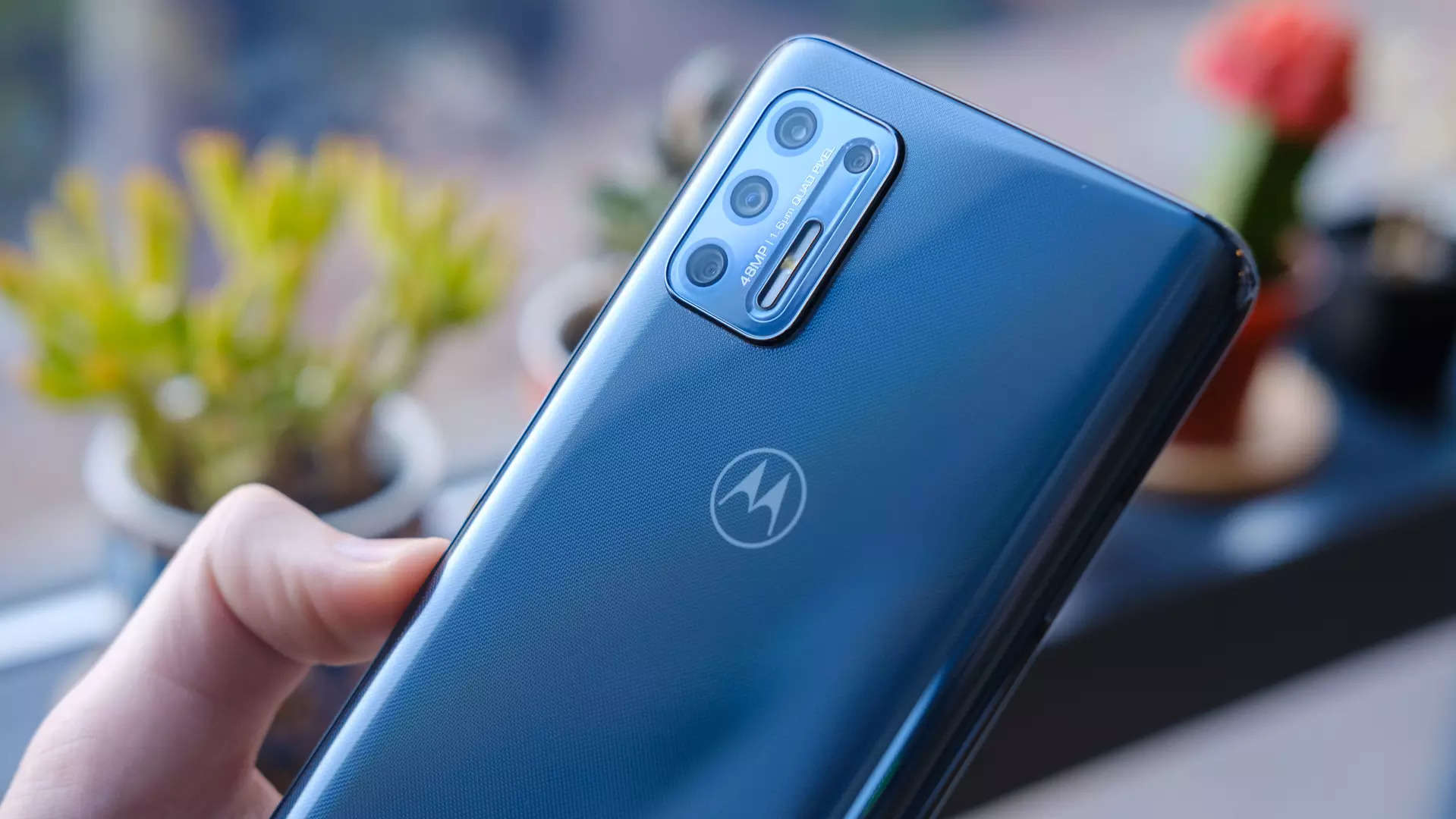Introduction
Welcome to the world of Android texting! If you’re an avid Android user, you may have noticed a mysterious blue dot appearing next to your text messages. What does it mean? Why is it there? Don’t worry, we’ve got you covered!
In this article, we will delve into the intriguing topic of the blue dot on Android text messages. We will explore its meaning, importance, and even provide you with a guide on how to remove it if desired. So, let’s jump right in and unravel the mystery behind this little blue dot!
Communication has evolved significantly over the years, with text messaging being one of the most popular ways we stay connected. With smartphones becoming an integral part of our lives, it’s important to understand the various features and symbols that come with them.
The blue dot on Android text messages may seem insignificant at first glance, but it actually holds valuable information. Many Android users have found themselves curious about its purpose and significance, prompting us to dive deeper into its meaning.
So, if you’re ready to unlock the secrets of the blue dot, keep reading! We will explore its purpose, its impact on your texting experience, and how you can make the most out of this feature.
The Blue Dot on Android Text
The blue dot that appears next to your text messages on Android devices is a small indicator that carries a significant meaning. Its presence signifies an unread message, providing you with a quick way to identify which messages you haven’t seen yet.
When you receive a new text message, the blue dot will appear next to the sender’s name or phone number in your messaging app. This visual cue makes it easy for you to distinguish between read and unread messages at a glance.
The blue dot feature is particularly helpful when you have a long list of text messages or when you’re multitasking and need a quick way to identify unread messages without opening each conversation.
The blue dot is specific to the default Android messaging app, but keep in mind that different Android devices may have their own messaging apps that can vary in appearance and features. However, the concept of a blue dot indicating an unread message remains consistent across most Android devices.
It’s important to note that the blue dot only indicates whether a message is unread or not. It doesn’t provide any information about the content or importance of the message. Therefore, it’s still essential to open and read the message to fully understand its context and respond accordingly.
Now that we understand what the blue dot represents, let’s explore the meaning behind this simple yet impactful visual indicator.
What is the Blue Dot?
The blue dot on Android text messages is a feature specifically designed to help users easily identify unread messages in their messaging app. It serves as a visual indicator that informs you when you have received a new message that you haven’t read yet.
This feature is particularly useful when you receive a high volume of text messages or when you’re busy and don’t have the time to check each conversation individually. Instead of scrolling through your entire message history, you can quickly identify unread messages by looking for the blue dot.
The blue dot feature is integrated into the Android operating system and is supported by most default messaging apps. It provides a consistent and user-friendly experience across various Android devices.
The blue dot is a simple design element that is easily recognizable, making it effortless for users to understand its purpose. With just a glance at your messaging app, you can determine which conversations have unread messages, allowing you to prioritize your responses accordingly.
While the blue dot doesn’t provide any specific information about the content of the unread messages, it serves as a helpful visual cue to help you manage your messages more efficiently. It eliminates the need to manually check each conversation for unread messages, saving you time and effort.
Furthermore, the blue dot isn’t limited to text messages. It also appears next to group chat threads, multimedia messages, and other types of conversations. This versatility ensures that you are alerted to any new messages across different messaging platforms within the same app.
Now that we have a clear understanding of what the blue dot is and how it functions, let’s explore the significance and importance of this feature in the next section.
Meaning of the Blue Dot
The blue dot on Android text messages carries a simple yet important meaning: it indicates that you have an unread message in a conversation. When you see the blue dot next to a sender’s name or phone number, it serves as a visual reminder that you need to open and read the message to stay up to date.
This visual cue helps you prioritize your messages and ensures that important conversations don’t go unnoticed. By having a clear indication of unread messages, you can quickly identify which conversations require your attention and respond promptly.
The blue dot’s meaning is based on the principle of effective communication and timely response. In our fast-paced digital world, staying connected and responsive is crucial, and the blue dot helps streamline this process.
Furthermore, the blue dot symbolizes the notification feature of the Android messaging app. It notifies you of new messages and empowers you to manage your conversations efficiently. Instead of scrolling through all your conversations to find unread messages, you can rely on the blue dot as a visual signal to guide you.
In addition to its practical purpose, the blue dot also has a psychological impact. Seeing the blue dot can elicit a sense of curiosity and anticipation, encouraging you to check your messages and engage in conversations. It adds a level of excitement and intrigue to your messaging experience.
It’s important to remember that the blue dot’s meaning is not limited to individual messages but extends to group chats and multimedia messages as well. It ensures that you are aware of all new messages across different types of conversations, keeping you connected and informed.
Now that we have explored the meaning behind the blue dot, let’s move on to the importance of this feature in enhancing your messaging experience.
Importance of the Blue Dot
The blue dot on Android text messages may seem like a small visual indicator, but its importance in enhancing your messaging experience cannot be underestimated. Here are several reasons why the blue dot feature is valuable:
1. Efficient Message Management: The blue dot allows you to quickly identify unread messages without having to open each conversation individually. This saves you time and effort by providing a clear visual cue to prioritize your responses.
2. Stay Organized: With the blue dot, you can easily keep track of your unread messages and ensure that important conversations don’t slip through the cracks. It helps you stay organized and responsive in your communication.
3. Seamless User Experience: The blue dot is a built-in feature of most Android messaging apps, providing a consistent and familiar experience across devices. It’s designed to be intuitive and user-friendly, enhancing the overall usability of the messaging app.
4. Prompt Responses: By alerting you to unread messages, the blue dot encourages timely responses. It helps you maintain active and engaging conversations, ensuring that you don’t miss out on important information or leave others waiting for a reply.
5. Multitasking Made Easier: When you’re multitasking and juggling various activities, the blue dot acts as a visual reminder to check your messages. It keeps you connected without interrupting your workflow or causing unnecessary distractions.
6. Improved Communication: The blue dot contributes to effective communication by facilitating timely interactions. Whether it’s for personal or professional purposes, being aware of unread messages fosters better communication and collaboration.
7. Psychological Impact: The blue dot’s presence can stir curiosity and anticipation, making the act of checking messages more exciting. It adds an element of engagement and involvement to your messaging experience.
The importance of the blue dot lies in its ability to enhance your messaging efficiency, keep you organized, and ensure prompt responses. It enhances the overall user experience and contributes to effective communication.
Now that we understand the significance of the blue dot, let’s explore how to remove it from your Android text messages, should you wish to do so.
How to Remove the Blue Dot on Android Text
If you find the blue dot on Android text messages to be distracting or unnecessary, you have the option to remove it. However, it’s important to note that the process may vary slightly depending on the messaging app you are using. Here are general steps to remove the blue dot:
1. Open your messaging app: Locate and open the messaging app on your Android device. This is typically labeled as “Messages” or “Messaging.”
2. Access app settings: Look for the settings icon within the messaging app. It is usually represented by three dots or lines in a vertical or horizontal arrangement. Tap on this icon to access the app settings.
3. Find the notification settings: Once you’re in the app settings, search for the notification settings. This section may be labeled differently depending on the messaging app you are using.
4. Disable message notifications: Within the notification settings, locate the option to disable message notifications. This option may be worded differently but generally refers to turning off notifications for new messages.
5. Clear app cache (optional): If disabling message notifications doesn’t remove the blue dot, you can try clearing the app cache. To do this, go to your device’s settings, find the “Apps” or “Application Manager” section, locate your messaging app, and tap on it. From there, select “Storage” or “Clear Cache.”
6. Reboot your device: After disabling message notifications or clearing the app cache, it’s a good idea to reboot your Android device. This can help ensure that the changes take effect and the blue dot is no longer visible.
It’s important to note that removing the blue dot will disable all message notifications for the specific messaging app. This means you won’t receive any visual or audible indicators when new messages arrive.
If you later decide to re-enable message notifications or restore the blue dot, you can follow the same steps and simply toggle the appropriate settings back on.
Now that you know how to remove the blue dot, you have the freedom to customize your messaging app according to your preferences.
Conclusion
The blue dot on Android text messages serves as a valuable indicator of unread messages, helping you stay organized and responsive in your communication. Its presence allows you to prioritize your messages, ensuring that important conversations don’t go unnoticed.
We explored the meaning and significance of the blue dot, understanding its role in efficient message management and prompt responses. The blue dot enhances the overall user experience, making it easier to stay connected without interruptions.
Should you find the blue dot distracting or unnecessary, we provided general steps to remove it from your Android text messages. By following these steps, you can customize your messaging app according to your preferences and eliminate the blue dot’s visual cue.
Remember, the blue dot feature may differ slightly depending on the messaging app you are using and the version of the Android operating system. However, the fundamental purpose remains the same: to signify unread messages and facilitate effective communication.
Now that you are equipped with a deeper understanding of the blue dot on Android text messages, you can make the most out of this feature and manage your conversations more efficiently. Whether you choose to keep the blue dot or remove it, it’s important to find a messaging experience that suits your needs and enhances your overall communication.
So, embrace the power of the blue dot and enjoy seamless messaging on your Android device!

























